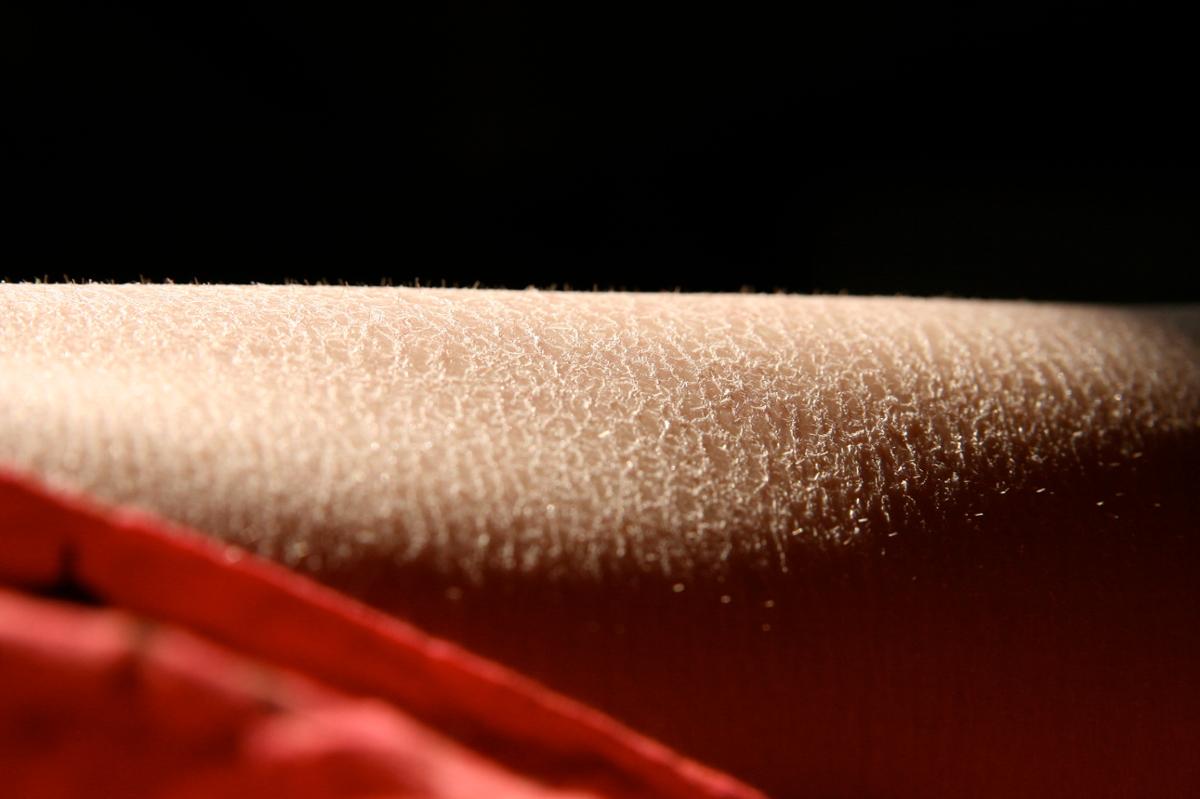You have probably experienced dry skin at one time or another--skin that looks and feels flaky or scaly, and that may be itchy.
You probably know something about what causes dry skin. That is, excess bathing, taking really hot showers, sun exposure, and extremes in climate, including heat, cold, and wind, can all cause dry skin. There are also inherited forms of dry skin.
But how do these various factors dry out skin? And how does dry skin take on the appearance that it does?
It is the water content of our outermost layer of skin that makes the difference between normal skin and dry skin. This outermost layer of skin is called the strateum corneum, and it's composed of dead skin cells that are cemented together to form a protective covering over the living skin cells below. Normally, the strateum corneum has the same surface area as the skin layers beneath it. When its water content is low, however, this layer shrinks in volume and surface area. As it tightens against the skin below, it eventually cracks, producing that flaky or scaly appearance we recognize as dry skin.
The strateum corneum is always losing water through evaporation, but factors such as extreme heat and dry weather can increase this evaporation. Our skin produces natural oils to help seal in water, but bathing, as well as harsh soaps and detergents, deplete these natural oils.
A few things we can do to help prevent and restore dry skin are to drink plenty of water, bathe in lukewarm water instead of hot water, and use moisturizers, particularly right after bathing, while your skin is still a little damp, to help seal in moisture.










